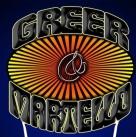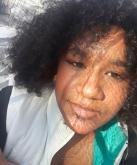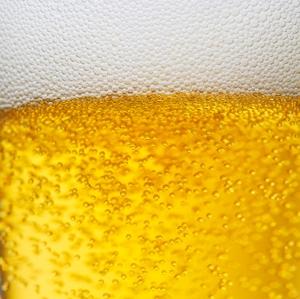

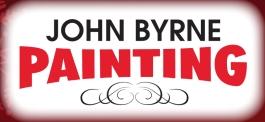


























Township Administration Building
175 W. Valley Forge Road
King of Prussia, PA 19406
Phone: 610-265-2600
Fax: 610-265-0482 www.umtownship.org
Mon - Fri 8:15 am to 5 pm
Township Police
175 W. Valley Forge Road King of Prussia, PA 19406
Emergency and Call for Service: 9-1-1
Phone: 610-265-3232
Anonymous Tip Line: 484-636-3888
Animal Control ...610-265-3232 Courthouse .........610-278-3000
Fire and Ambulance
Emergency Phone: 9-1-1
King of Prussia Volunteer Fire Company
170 Allendale Road
King of Prussia, PA 19406
Non-Emergency Ph: 610-265-1063 www.kpvfc.com
Swedeland Fire Co. 609 A Street King of Prussia, PA 19406
Non-Emergency Ph: 610-275-0177 www.swedelandfire.org
Swedesburg Volunteer Fire Company 310 Jefferson St. Bridgeport, PA 19405
Upper Merion Area School District
435 Crossfield Road
King of Prussia, PA 19406
Phone: 610-205-6400
Fax: 610-205-6433 www.umasd.org
Upper Merion Community Cetner
431 West Valley Forge Road King of Prussia, PA 19406
Phone: 610-265-1071
www.umtownship.org/departme nts/parks-recreation/ community-center
Upper Merion Senior Service Center
Do
to publicize? Let me know, and I'll do my best to incorporate your event into the newsletter.
This is your community. This is your home. Use this publication to share your thoughts and ideas with your neighbors. Are you ready to get involved in your community?
Amsterdam
& Rec.........610-265-1071
Works.......610-265-2606
& Codes....610-265-2608
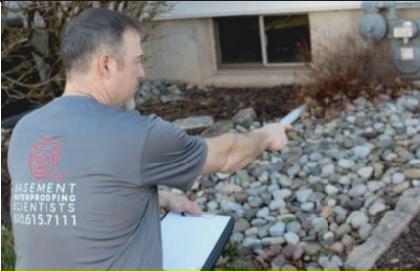
Non-Emergency Ph: 610-272-9853 www.swedesburgfire.com
431 W. VALLEY FORGE ROAD (in the Community Center Bldg.) Phone: 610-265-4715 www.umssc.org

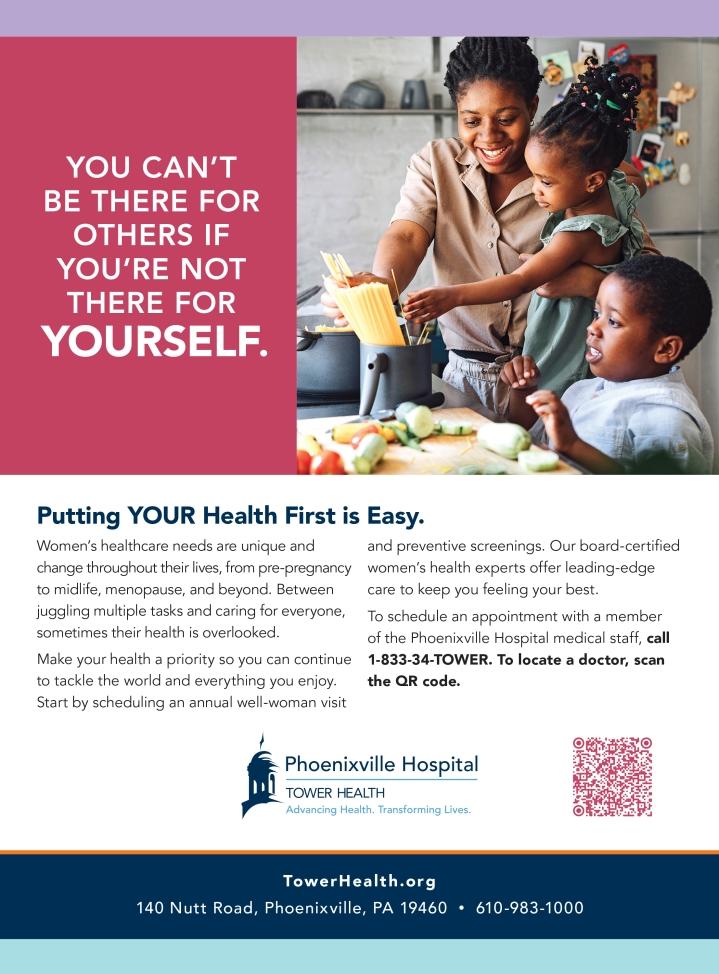
When The Father of Our Country, The “Financier of the Revolution,” and the
The Constitutional Convention that took place at Independence Hall from May 25 to September 17, 1787 was attended by fiftyfive delegates from twelve of the thirteen original states to establish a new system of government for the now United States. In attendance were three of the most influential Founding Fathers: George Washington, Robert Morris, and Gouverneur - August 1, 1787 these

No doubt the discussions at the Convention were heated and tumultuous. Finding the need to relax, clear their heads, and seek inspiration, a quiet ride into the countryside and a bit of fishing would be just the thing. Their chosen getaway spot was at Jane Moore's House on Trout Creek in Upper Merion, the same house loaned to General George Washington as General Muhlenberg's Quarters during the Winter Encampment in Valley Forge, site of the current Moore-Irwin House owned by Upper Merion Township.
This rare and unique gathering of three of the most impactful people in the history of the United States was documented in George Washington's diary. The excursion was also detailed in a letter of apology he wrote declining an offer of dinner with Elizabeth Powel (a good friend and strong influencer) and other historic figures in Philadelphia, all so that Washington may instead visit Jane Moore along with his Founding Father friends, Robert Morris, and Gouverneur Morris. During their visit to
Upper Merion, it's curious to ponder: What did they discuss? Plan for? Rule out? Agree upon? And, while we know Washington well, who were Robert Morris and Gouverneur Morris?
George Washington wrote in his Diary about the visit:
“Monday, 30th, July. In company with Mr. Govern' Morris went into the neighborhood of Valley Forge to Widow Moore's and fishing at who house we lodged.”
“Tuesday, 31st, July. Before Breakfast I rode to Valley Forge and over the whole cantonment & works of the American Army in the winter of 1777--1778 and on my return to the Widow Moore's found Mr. & Mrs. Rob' Morris. Spent the day there fishing & lodged at the same place.”

Robert Morris was not only the “Financier of the Revolution” he was offered the position of our first ever Treasury Secretary by President Washington, which Morris turned down to recommend Alexander Hamilton. Morris was one of only two people to sign all three founding Documents: The Declaration of Independence, The Articles of Confederation, and The U.S. Constitution. Along with Hamilton he was one of the Founders of the U.S. Financial System, and at times ranked as the richest person in America.

Gouverneur Morris proposed, and the Convention agreed, that the new government should consist of three branches: Legislative, Executive and Judiciary. Known as the “Penman of the Constitution” Gouverneur Morris wrote the preamble to the Constitution and drafted the final version using his powerful and succinct prose.
It was only six (6) days after their visit to Jane that the Convention received the very first draft of the United States Constitution, and less than seven weeks later the final version was approved. Sensible people could undoubtedly speculate that the Constitution was most likely an essential topic discussed among friends during this retreat.
The Moore-Irwin House is an extraordinarily rare treasure for dozens of reasons, and it is still with us, owned by Upper Merion Township, for all to experience and cherish. You are invited to advocate for it's preservation. With the upcoming Semith quincentennial (250 ) in 2026, it would be a very, very sad time to find a part of our American heritage still uncared for (or worse). Visit KoPHistory.org to learn more.




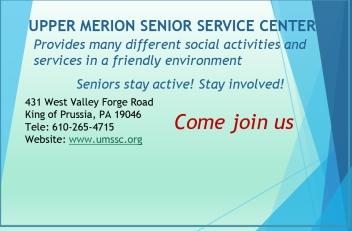









Drinking enough water seems as natural as breathing adequate air, but dogs can experience dehydration for many reasons. Warm weather, poor ventilation, underlying illness, and medications can alter water requirements. You may wonder how much water your dog should drink each day, and how to recognize dehydration. Some simple steps can encourage your dog to wet their whistle.
Dogs with underlying conditions such as diabetes, kidney disease, and Cushing's disease will drink more water. Unfortunately this sometimes leads to puddles in the house if outdoor access is not increased. If their access to water is limited, they will become dehydrated.
Certain medications lead to increased thirst and urination, such as steroids and diuretics. Additional water should be provided, as advised by your veterinarian, to avoid dehydration.

The average dog needs about one ounce of water per pound of body weight each day For example, a thirty-pound beagle would need thirty ounces of water. But before you measure the water you pour into your dog's bowl, consider other factors. Wet dog food contains 65% to 85% water, so dogs on a canned diet will typically need to drink less water.
Unlike people, dogs do not rely on sweating to cool themselves. Panting allows for evaporative cooling, meaning that a panting dog is losing water while cooling itself. Warm weather, exercise, and thick coats can all increase body temperature and panting. Short-faced dogs with brachycephalic airway syndrome are prone to overheating and will require adequate water to keep cool.
Dogs experiencing vomiting or diarrhea may f they cannot hold , or have severe watery diarrhea. Puppies and small breeds are especially susceptible. Infections and fever
Some dogs may have hidden reasons to avoid the water bowl. Dental or oral pain e. Dental infections, oreign objects, and tumors can cause pain upon drinking and eating. If a dog had a negative experience while drinking, they may associate their water bowl with that event. Other pets in the house may intimidate them when they drink or eat. Even certain types of bowls can be a deterrence. Clanking dog tags against a stainless steel
Pets with mobility issues such as arthritis may have difficulty accessing their bowls. These dogs should have one bowl on every floor, close t also be on a floor with good traction. Water bowls must be washed regularly and kep filled with fresh, clean water
Excessive panting and drooling c of overheating in warm or poorly ventilated environments. Heat strok threatening condition and emergency veterinary care is necessary dehydrating medical conditions, whose access has been restricted, or who jus drink enough may have dry gums and mouths. If you gently pull up the skin between the shoulder blades and release it, it should snap back quickly. A slow re can mean dehydration.
In warm weather, exercise in early morning and later afternoon or evening. Cut the walks short if needed. Remember to bring plenty of water on hikes and car trips. Never leave your dog in the car on a warm day, even with the windows open! If your dog must be outdoors, make sure they have shade, extra water in non-tippy bowls, and ideally a way to cool off like a shallow kiddie pool. Heavy coats can be trimmed to a summer cut.
Brachycephalic breeds such as pugs and bulldogs, and dogs with underlying medical conditions, should not be left alone outdoors in warm weather
Dogs can be encouraged to drink by adding ice cubes made of low-sodium broth to their water dish. Frozen “pupsicles” made from broth, or kibble mixed with water, make terrific hydrating treats.
In summary, dogs need daily access to clean, fresh water in a safe and accessible location. Some conditions and medicines may increase water requirements. Prevention of heat stroke in all dogs, but especially in susceptible breeds, is crucial. Pupsicles are a great way to encourage water intake in all dogs. A few easy precautions can help ensure your dog stays well-hydrated and ready to romp yearround.





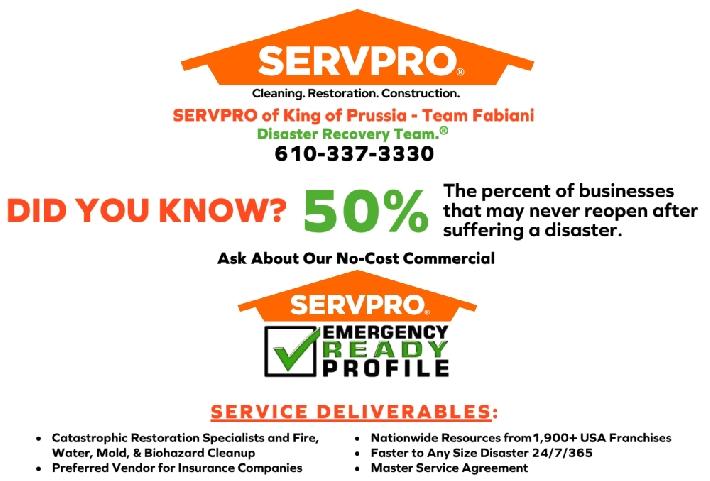
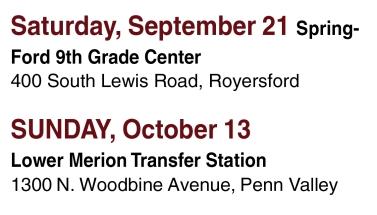
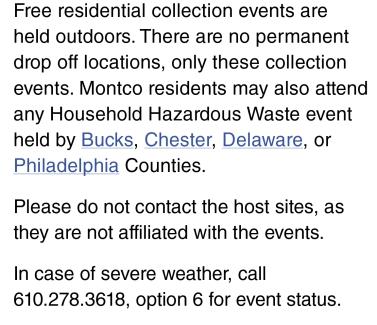

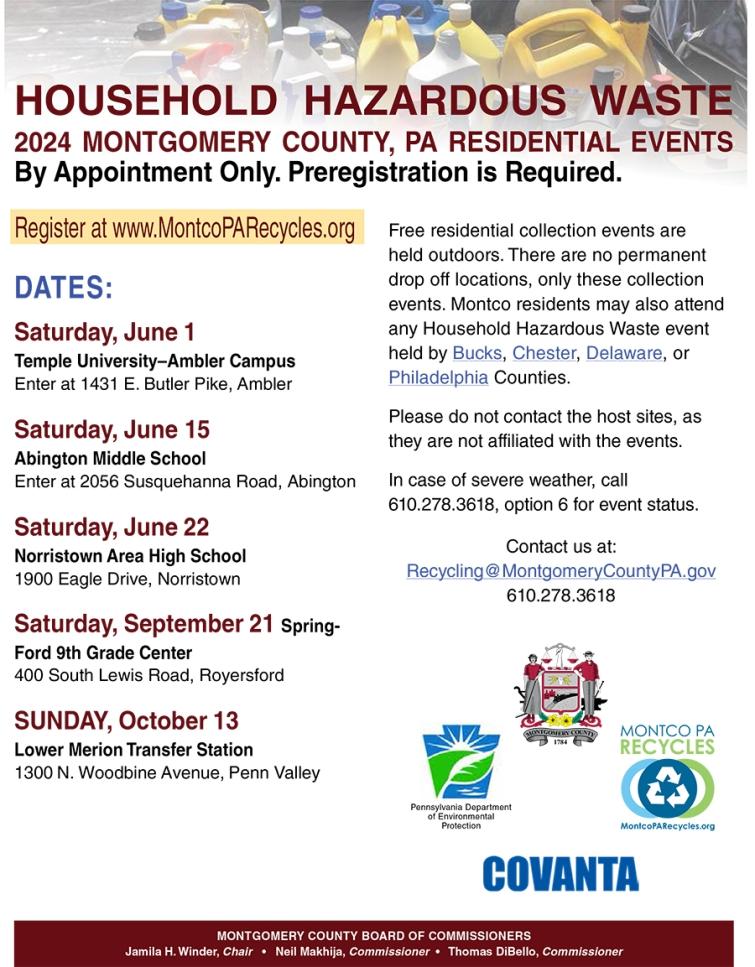




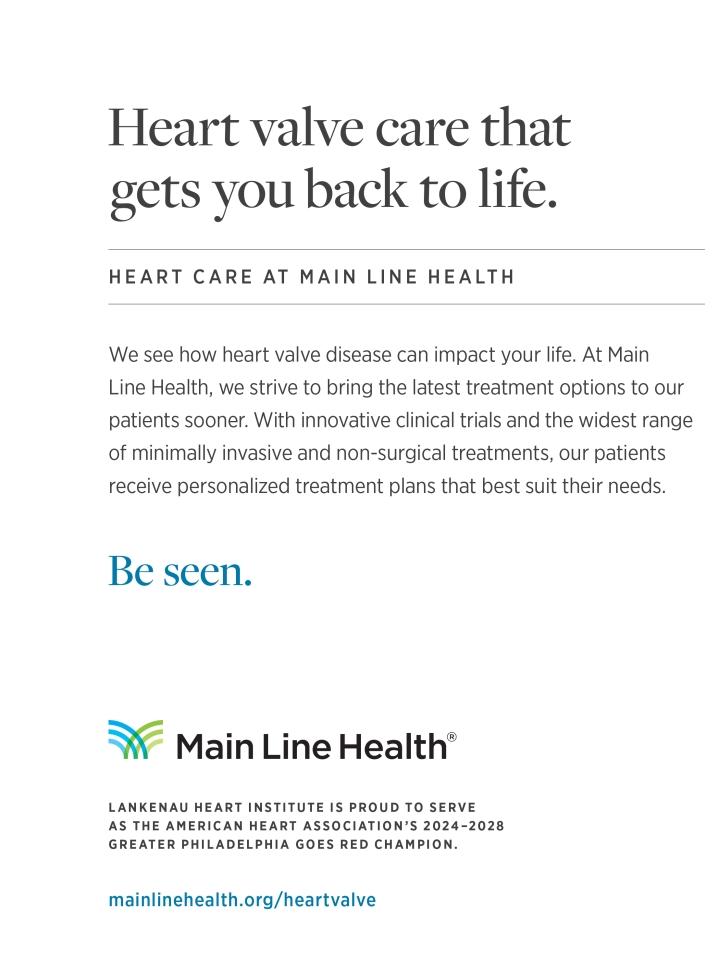
Leaky heart valve is a condition where a valve in the heart fails to close tightly enough, causing blood to leak back into the heart. The most common type of heart valve disease is mitral valve regurgitation, where the mitral valve is the source of the leak.
“The heart has four valves,” says Roberto Rodriguez, MD, a cardiac surgeon and director of heart valve clinics at Lankenau Heart Institute, part of Main Line Health. “Each valve works as a one-way valve that opens to let blood flow in one direction then closes to prevent flow backwards. This allows blood to move from the right heart to the lungs, then to the left side of the heart and finally to the body. When a valve doesn't close properly, the blood leaks backwards and puts strain on the heart. This can lead to shortness of breath and other congestive heart failure symptoms.”
There are a few potential culprits, including age-related wear and tear on the valve, genetic conditions and certain infections or autoimmune disorders. Some people may also develop mitral valve regurgitation as a result of heart damage from a heart attack or another heart disease, including high blood pressure or a structural defect in the heart.
Symptoms of a leaky heart valve can include:
Fatigue
Shortness of breath
Chest pain
Swelling in the legs
Abnormal heart rhythm
If you're experiencing symptoms like fatigue, shortness of breath or chest pain, it's important to see your doctor right away.
“While leaky heart valves can be serious, early diagnosis and treatment can help manage symptoms and prevent complications,” says Dr. Rodriguez.
A leaky heart valve is usually diagnosed by your doctor through obtaining a detailed medical history and through a clinical evaluation. During this evaluation, your doctor listens to your heart. Some of the signs of a leaky heart valve are the presence of a heart murmur, irregular heartbeat (such as atrial fibrillation), shortness of breath during walks or going up a flight of stairs and swelling of the ankles.
“If your doctor detects a heart murmur, they should order an echocardiogram to evaluate your heart muscle and heart valves,” says Dr. Rodriguez.
Once diagnosed with a leaky heart valve, treatment will depend on the severity of symptoms and the underlying cause. Mild

cases may not require any treatment beyond regular monitoring to make sure the condition doesn't progress. For more severe cases, medications or surgery may be necessary to repair or replace the affected valve.
“The good news is there are plenty of minimally invasive treatment options for a leaky heart valve,” says Dr. Rodriguez. "Lankenau Heart Institute offers less invasive, newer-generation devices like transcatheter-based therapies to repair or replace the mitral, aortic or tricuspid valves.”
Depending on the valve that is leaking, there are several minimally invasive procedures that can help, including:
Transcatheter options:
Transcatheter aortic valve replacement (TAVR)
Transcatheter mitral valve repair
Transcatheter mitral valve replacement (TMVR)
Transcatheter tricuspid valve replacement
Transcatheter tricuspid valve repair
Balloon valvuloplasty
Paravalvular leak closure
Cardiac defect closure
Minimally invasive surgical options:
Aortic valve repair or replacement
Mitral valve repair or replacement
Tricuspid valve repair or replacement
Mechanical valve replacements
Bioprosthetic valve replacements
In addition to medical treatment, there are also lifestyle changes you can make to help manage your condition, including:
Eating a heart-healthy diet
Exercising regularly
Avoiding tobacco and excessive alcohol consumption
Overcoming a leaky heart valve
Leaky heart valves are a serious condition that require prompt medical attention. But by working with your healthcare team and making lifestyle changes to support heart health, you can manage symptoms and enjoy a good quality of life even with this condition.
Learn more about heart valve care at: mainlinehealth.org/lhi.

Roberto Rodriguez, MD Cardiac Surgeon










We often hear landowners mention the need to “clean up” their woods. Generally, they are referring to fallen trees and large limbs that have fallen onto the forest floor While the aesthetic reasons for wanting to tidy up are understandable, leaving these natural elements in place can provide significant benefits to the forest ecosystem.
As fallen trees decompose, they play a crucial role in replenishing the soil with important nutrients. The woody material breaks down over time returning vital nutrients and minerals to the forest soil.
In addition, fallen trees and branches create important shelter and food sources for a wide variety of forest creatures. Many species of birds, small mammals, insects, and fungi rely on this decaying organic matter as a place to nest, forage, and take cover. Leaving these natural elements in place preserves the biodiversity that is so essential to a thriving woodland ecosystem.
Finally, in areas prone to heavy rains or steep terrain, fallen trees can help prevent soil erosion by slowing the flow of water
and stabilizing the ground. Their roots and trunks create natural barriers that trap sediment and organic matter, keeping it in place rather than allowing it to wash away
By resisting the urge to tidy up our local forests, we can play an important role in supporting the natural cycles and overall vitality of these precious green spaces.

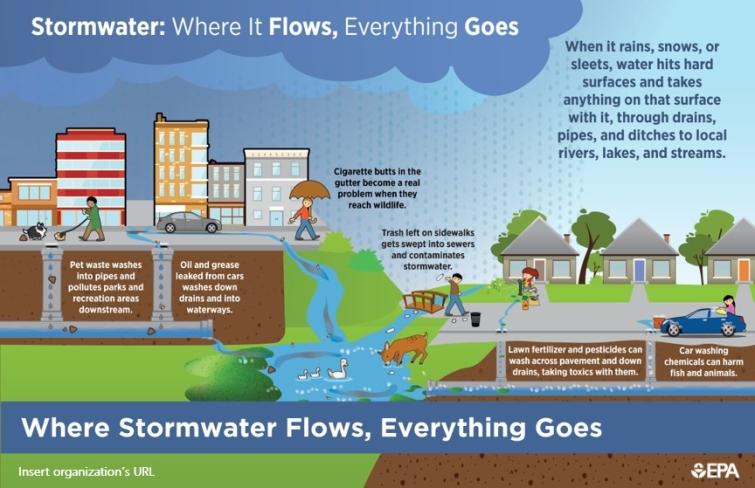








BY THE PHILADELPHIA HAND TO SHOULDER CENTER PHYSICIANS
Carpal tunnel syndrome is a common condition that causes pain, numbness, and tingling in the hand and arm. The condition occurs when one of the major nerves to the handthe median nerve is squeezed or compressed as it travels through the wrist.
In addition to numbness and tingling, carpal tunnel syndrome can cause swelling, weakness, and night time pain. Patients sometimes describe dropping things unexpectedly and may have difficulty with buttoning shirts, tying shoelaces, or handling loose change.

What causes carpal tunnel syndrome?

wrist become swollen and inflamed, the median nerve can become compressed by the transverse carpal ligament (see figure), leading to carpal tunnel symptoms.
Early on, symptoms commonly occur during sleeping hours. In more advanced cases, the symptoms can become problematic during waking hours. Many sufferers describe symptoms with benign activities, like reading the newspaper or driving a car.
Cortisone injections often provide excellent relief from symptoms. Unfortunately, symptomatic relief is only temporary, and most people experience a recurrence of symptoms after 3-4 months.
For chronic or more advanced cases, carpal tunnel surgery is often recommended as the best course of treatment.
What can I expect from surgery?
Surgery provides more space for the median nerve and relieves pressure on the median nerve and tendons. This procedure is typically done under light sedation and local anesthesia and usually takes only minutes to complete.
Carpal tunnel syndrome is frequently seen in individuals who develop swelling or inflammation in their hands. People who smoke, as well as those with connective tissue diseases, diabetes mellitus, and hypothyroidism, may be at greater risk. Repetitive work activities can also cause carpal tunnel syndrome.
The median nerve acts as an electrical wire between the spinal cord and the hand. The nerve passes through the carpal tunnel in the wrist along with nine tendons that bend the fingers. When the tendons in the
What can a hand surgeon do to help?
A hand surgeon can order special nerve tests to verify the extent of the problem. Custom wrist splints are helpful for early stages of carpal tunnel syndrome. These splints are worn at nighttime to relieve pressure on the median nerve and to prevent the wrists from bending during sleep.
While there are several different approaches to performing carpal tunnel surgery, usually a 1/2 inch incision is made near the wrist and use of a camera to release the tunnel under direct visualization. This minimally invasive approach minimizes discomfort following surgery and allows patients to return to activities more quickly. Over 95 percent of patients improve dramatically following surgical intervention, with most returning to daily activities within days. Many patients can resume heavier job-related activities after 2-4 weeks.
Contact us at 1-610-768-5959 to schedule an appointment with one of our providers. W



13 Offices in Pennsylvania & New Jersey including:
King of Prussia · Havertown Paoli · Langhorne Collegeville
Center City Philadelphia
South Philadelphia
Willow Grove · Lansdale
Rockledge · Glen Mills
Cape May Court House
Cherry Hill











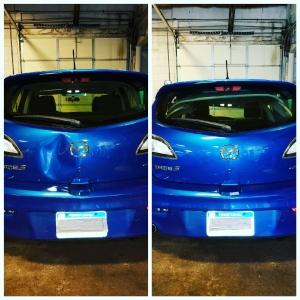




Expressive Path's Annual Art in the Park Arts & Music Festival is September 14, 2024, from 10 am to 4 pm at the Elmwood Park Zoo. This is a cultural event open to the public and a fundraiser for Expressive Path, a Norristown creative arts nonprofit.
Art in the Park features music from talented singer-songwriters, Expressive Path student performances, and live art in the Zoo Bowl. There will be over 60 art vendors and boutiques, plenty of food options, a beer garden, and many zoo animals. Enjoy Expressive Path activities such as henna, face painting, drawing, and special visits from Star Wars characters, firefighters, hula hoopers, and a stilt walker
Expressive Path gives students 12-19 opportunities to shine through workshops, performances, exhibitions, public art, and community service. Expressive Path offers mobile, virtual, and in-person workshops at the Expressive Path Creative Arts Center Sarai

Their students experience theater, dance, music, humanities, and visual arts learning opportunities. In the summer, they provide a summer camp and on Friday nights, teens attend their Community Creators social group to stay productive, safe, and creative. Expressive Path projects are STEAMbased, promoting skill-building, collaboration, inclusivity, and creativity.
Expressive Path strongly believes in the power of collaboration for strong healthy neighborhoods. They work closely with Norristown Area School District and many other schools, nonprofits, churches, shelters, detention, and recreation centers. Expressive Path serves 500 students yearly.
Elmwood Park Zoo fosters an appreciation for wildlife and the environment that inspires active participation in conservation. Learn more at elmwoodparkzoo.org Your donations make a difference in the lives of disadvantaged children. Would you like to be a vendor or a sponsor? Please call or text 610-331-3516 for more information.

